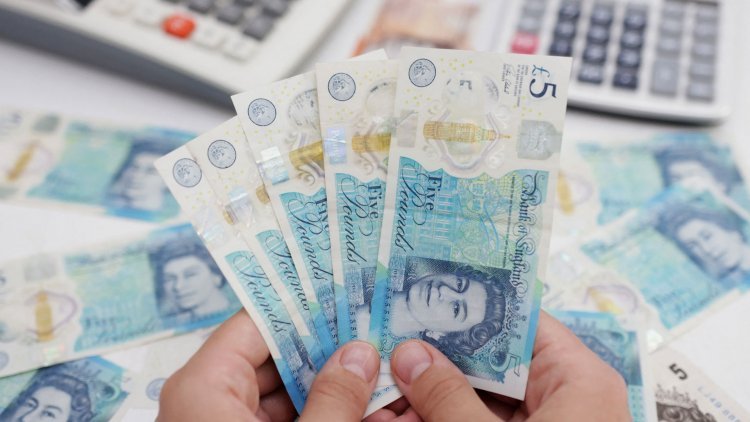Plans for tax cuts drive the British pound to 4-decade lows
Early on Monday, the pound fell as low as $1.0349 per US dollar before rising to $1.0671, down 2.3%.

After the UK's new administration announced promises to cut taxes and increase expenditure, the British pound's decline versus the US dollar accelerated last week.
Early on Monday, the pound fell as low as $1.0349 per US dollar before rising to $1.0671, down 2.3%.
Concerns about how the tax-cut plan may deepen the country's cost-of-living crisis have been raised. On Friday, the value of the pound fell by more than 3%. Trading levels last seen in the early 1980s are present.
As the Federal Reserve raised interest rates to fight inflation, other currencies have also fallen against the dollar. Last week, the central bank of Japan intervened to strengthen the yen, halting its slide against the dollar.
The massive tax cuts, according to Treasury Secretary Kwasi Kwarteng, will enhance economic growth and increase income without causing comparable budget cuts. He added that borrowing would be used to pay already stated initiatives to limit skyrocketing energy bills for homes and companies.
Kwarteng provided little specifics about the program's costs or its effects on the government's own aims for cutting deficits and borrowing, but an independent analysis predicted that it will cost taxpayers $207 billion this fiscal year (190 billion pounds).
Since March 18, 2020, when then-Prime Minister Boris Johnson announced the first statewide lockdown to stop the spread of COVID-19, the announcement caused the pound to experience its largest decline versus the US dollar.
In London, the British pound finished at $1.0822 on Friday, down from $1.1255 on Thursday. Prime Minister Liz Truss, who only recently assumed office, is attempting to stop inflation from reaching a nearly 40-year high of 9.9% and a protracted recession.
She has two years until a general election, so she must act rapidly.




 admin
admin 




















